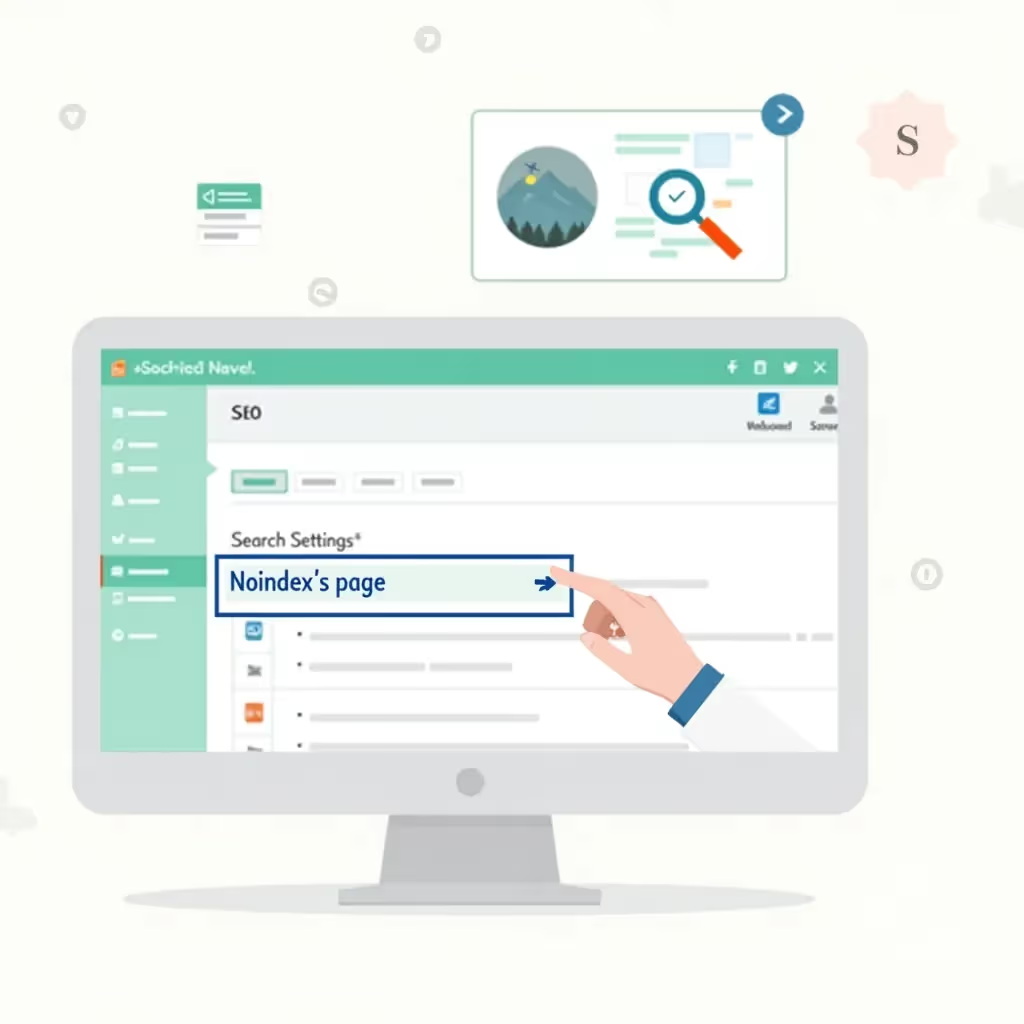Understanding Push vs. Pull Marketing
In the world of marketing, choosing the right strategy is key to success. Every business has its unique set of challenges, and determining how to promote your products or services can make all the difference. Two dominant marketing strategies are "push" and "pull" marketing. But what do these terms really mean, and how can you decide which approach is right for you? Let's explore what push and pull marketing are, their benefits, and how you can effectively use them in your marketing campaigns.
What is Push Marketing?
Push marketing refers to a promotional strategy where businesses actively "push" their products to the consumers. This approach focuses on getting the product in front of the audience, often by using outbound tactics. The idea is to make it clear that your product is available and to set up channels that create immediate demand. The primary goal is to bring the product to the consumer instead of waiting for them to come to you.
This type of marketing can involve tactics such as:
- In-store displays
- Email marketing campaigns
- Trade shows
- Direct selling
- Cold calling
- Advertising campaigns (TV, radio, digital ads, etc.)
- Sales promotions like discounts and bundling offers
Companies use push marketing when they want to promote something quickly and sell to a large audience in a short period. It's often preferred when launching a new product or trying to reach a target market that might not have a strong awareness of your brand or offering.
One example of push marketing is Coca-Cola’s in-store marketing campaigns. The brand encourages retailers to display their products prominently at checkout counters to increase impulse purchases. Similarly, when a new smartphone is launched, companies may significantly invest in push marketing to immediately gain traction and visibility.
What is Pull Marketing?
Pull marketing, on the other hand, is a strategy where businesses aim to "pull" consumers toward their products. Rather than pushing the product directly in front of the customer, the focus is on creating a demand for the product so that consumers actively seek it out themselves. This is often achieved through inbound marketing methods that create higher levels of engagement and trust with the audience.
Pull marketing can involve tactics such as:
- SEO (Search Engine Optimization)
- Content marketing (blogs, articles, videos, white papers)
- Social media marketing
- Word of mouth and referral programs
- Branding and reputation management
By leveraging pull marketing, companies invest in long-term customer relationships. Instead of simply advertising, they provide value—in the form of helpful content, services, or resources—that attracts prospects to their solutions naturally. Pull marketing often revolves around creating a strong brand reputation or becoming a market leader, so consumers see your product as highly desirable even before they seek it out.
An example of pull marketing would be a company like Apple, which consistently releases visual content, thought-provoking advertising, and thought leadership pieces. Consumers often eagerly anticipate its product launches. These global brands rely on brand loyalty and trust built through years of consistent pull marketing efforts.
Comparison Between Push and Pull Marketing
Now that you understand both push and pull marketing, let's compare the two approaches to see which might suit your business better. While both techniques try to create demand and improve sales, they are distinct in their methodology and impact.
| Aspect | Push Marketing | Pull Marketing |
|---|---|---|
| Objective | Create immediate awareness and build demand quickly | Generate long-term customer engagement and loyalty |
| Focus | Inbound/outbound advertising, direct selling, promotions | Building brand relationships, education, and engagement |
| Tactics | Email campaigns, cold calls, TV and online ads, flash sales | SEO, content marketing, social media, influencer marketing |
| Timeline | Short-term, immediate results | Long-term, sustained growth |
| Customer Behavior | Attracts customers who are unaware or undecided about a solution | Relies on consumers actively researching and pursuing products |
Pros and Cons of Push Marketing
Just like any strategy, push marketing has its advantages and disadvantages. Understanding both sides will help you decide when it's most appropriate to use it in your campaigns.
Pros
- Fast results: Since push marketing directly advertises to a large audience, it’s possible to see quick returns, especially during product launches or sales events.
- Immediate demand: By showcasing the product directly to the consumer, you create instant demand, especially when coupled with discounts or promotions.
- Targeted outreach: With push marketing, you can pinpoint areas or demographics where your product is likely to gain the most traction, helping you allocate resources efficiently.
Cons
- Cost: Push marketing strategies, particularly advertising campaigns, can be expensive. Whether it’s television ads, Google PPC campaigns, or direct mail, the costs can rack up quickly.
- Consumer resistance: Many consumers are aware of tactics like cold calling and may resist these direct approaches, which can turn people off from your brand.
- Short-term focus: While push tactics may generate immediate results, they often don't build long-term brand loyalty or relationships with customers.
Pros and Cons of Pull Marketing
Pull marketing also has its set of strengths and potential pitfalls. Let's take a closer look at how this long-term strategy can benefit your business, as well as some of its considerable challenges.
Pros
- Brand loyalty and retention: Pull marketing helps foster deeper relationships with your audience by providing valuable content and solutions that keep customers coming back.
- Lower cost per customer over time: Content marketing, for example, continues working well after it's been published, helping you reduce long-term acquisition costs.
- Customizable: You have the opportunity to craft highly personalized messages and content that allow customers to feel connected with your brand.
Cons
- Long ramp-up time: It takes time to build up long-term relationships and trust with consumers, and immediate sales or results aren't always guaranteed early on.
- Requires consistent effort: Pull marketing relies on excellent, ongoing content that remains relevant and authoritative over time. This requires a sustained effort and investment in resources.
- Competitive: Pull marketing can be more competitive since it often depends on ranking well in search engines and building domain authority—both time-intensive processes.
Which Strategy is Best for Your Business?
Both push and pull techniques have their place in marketing, but determining which one to use—and when—requires a close look at your business objectives, available resources, and customer behaviors. Here's a quick breakdown based on business scenarios:
Push Marketing Is Ideal For:
- New product launches where speed is essential
- Seasonal promotions and holiday sales
- Large-scale consumer products like FMCG (Fast Moving Consumer Goods), where turnover is key
- Businesses with large advertising budgets that want quick market penetration
Pull Marketing Is Ideal For:
- Brands looking to build long-term customer relationships and loyalty
- Companies in competitive digital environments (like SaaS or e-commerce) where educational content drives traffic
- High-value products where trust and information gathering are essential for purchasing decisions
- Small businesses with limited advertising budgets focused on organic growth and engagement
Combining Push and Pull for Maximum Impact
In reality, the most effective marketing strategies often involve a combination of both push and pull techniques. By understanding when to use either method and how it applies to your audience, you can create a more responsive and agile marketing campaign. For example, a company might use push marketing to immediately drive awareness and sales during a product launch but implement pull marketing techniques throughout the year to nurture customer relationships and build long-lasting engagement.
Align your marketing resources, tactics, and expectations to the kind of growth you want for your business. Whether you are looking for fast, short-term gains or sustained, long-term brand positioning, combining push and pull marketing can provide the synergy you need for both immediate and future success.
For further reading on marketing strategies, you can explore resources from websites like HubSpot and MarketingProfs. These platforms offer a wealth of articles, guides, and tools aimed at helping marketers develop, implement, and optimize marketing strategies for their businesses.





